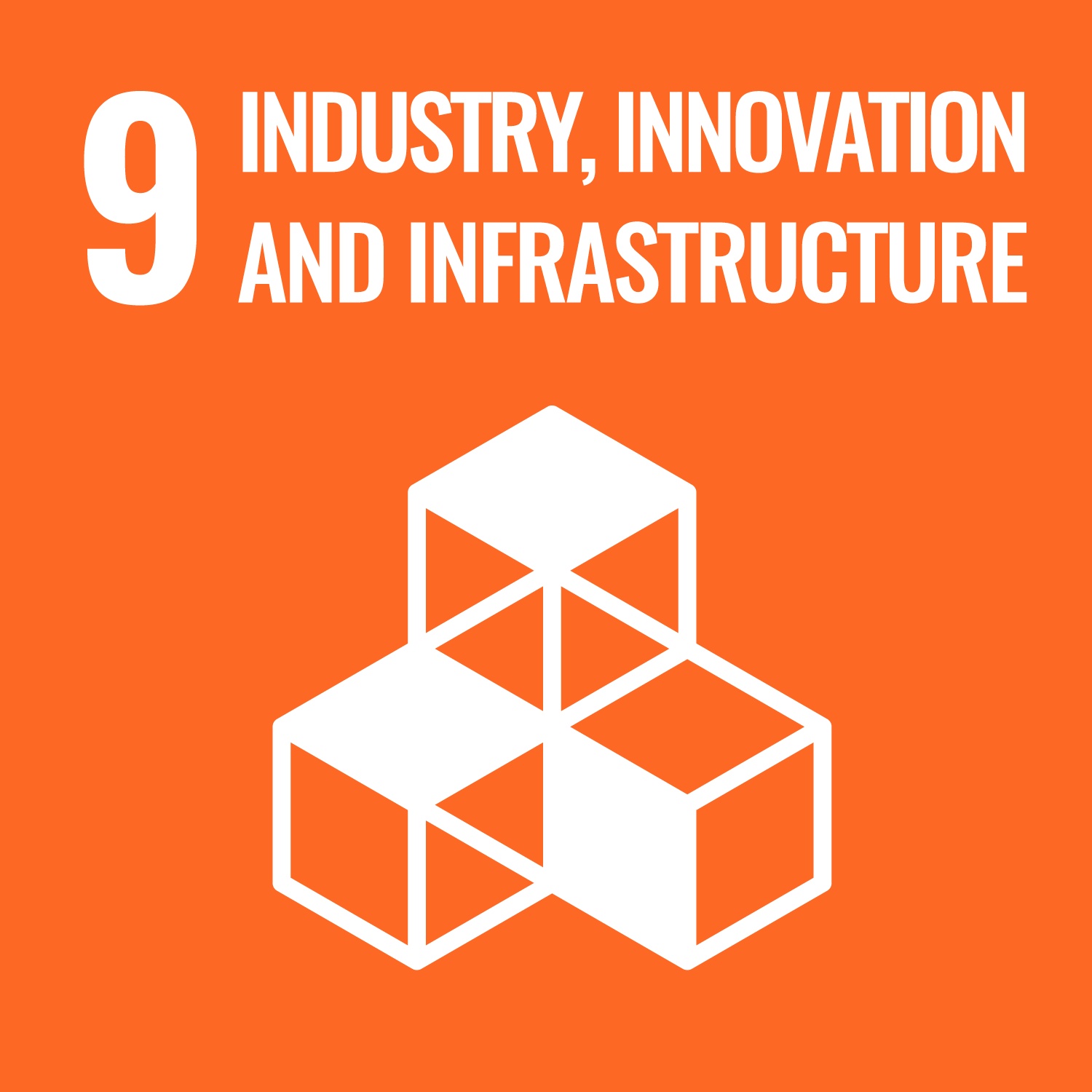To enable students to fully demonstrate the ability of computers for data processing in data science, and to learn methods
for more flexible use. As its methods, there are a method to make a computer perform required processing by programming using
a programming language, and a method to perform it using existing application software with required functions. In this lecture,
students learn various concepts and techniques necessary for programs, and methods of data analysis and system design by application
software. However, programming languages, application software, and priority items differ depending on the needs of each department.
Students should attend the introductions in the first class and listen carefully to the explanations. The classes are closely
linked to the parallel "Information Processing II".
On the premise of Information processing I in the preceding term, in the first half of Information processing II, basic learning
of C language is carried out so that data processing for data science can be programmed from the beginning. In the second
half, he will practice modeling data science based on physics.
- Students can understand the structure and grammar of the program, and prepare and decode the program using conditional branching and iterative processing.
- Student can understand functions and arrays, and make and decode programs using them.
- Students can make c-codes for dynamical systems
| 試験(前半) | 課題 | Total. | |
|---|---|---|---|
| 1. | 20% | 20% | 40% |
| 2. | 10% | 20% | 30% |
| 3. | 30% | 30% | |
| Total. | 30% | 70% | - |
| Class schedule | HW assignments (Including preparation and review of the class.) | Amount of Time Required | |
|---|---|---|---|
| 1. | Introduction and programming language descriptions | Check the syllabus. | 100minutes |
| 2. | Data types, input/output, operators | Preparation of items related to text data types, input/output, and operators | 100minutes |
| 3. | Conditional branch | Prepare conditional branches | 100minutes |
| 4. | Iteration | Learn about text repetition | 100minutes |
| 5. | Arrays: array concepts, one-dimensional and multidimensional arrays | Preparation of items related to text arrays | 100minutes |
| 6. | Functions: function formatting and how to create | Preparation of the topics related to how to make functions of text | 100minutes |
| 7. | Review | Previous General Review | 100minutes |
| 8. | Introduction to numerical simulation: Chaos | Review basics of c programming language | 100minutes |
| 9. | Introduction to Euler method 1: Falling phenomena in viscous resistance | Review Newton's motion of equation with gravity and viscous resistance | 100minutes |
| 10. | Euler method 2: Vibration phenomena in viscous resistance | Review simple pendulum with viscous resistance | 100minutes |
| 11. | Introduction to middle point method | Consider how to improve the accuracy of numerical calculations. | 100minutes |
| 12. | Middle point method 2: Multi-degree-of-freedom oscillations and binary stars | Review multi-degree-of-freedom oscillations | 100minutes |
| 13. | Middle point method 3: Double pendulum | Review Double pendulum | 100minutes |
| 14. | Groupwork | Previous General Review | 100minutes |
| Total. | - | - | 1400minutes |
Evaluate by a small test, an intermediate test, an end-of-term test, and assignments in a lecture. The 60 out of 100 points
acquisition level shall be the level at which an example given in a class can be solved.
| ways of feedback | specific contents about "Other" |
|---|---|
| Feedback in the class |
Desirable Information processing I and Information processing exercise have been completed.
- 30 minutes after class, in the laboratory of each instructor.
- Course that cultivates a basic interpersonal skills
- Course that cultivates an ability for utilizing knowledge
- Course that cultivates a basic problem-solving skills
| Work experience | Work experience and relevance to the course content if applicable |
|---|---|
| Applicable | One of the instructors in charge was using C language in the R & D department when he was working in a company, so he shares his knowledge with the students. |


- 4.QUALITY EDUCATION
- 9.INDUSTRY, INNOVATION AND INFRASTRUCTURE
Last modified : Fri Jun 28 17:10:06 JST 2024
